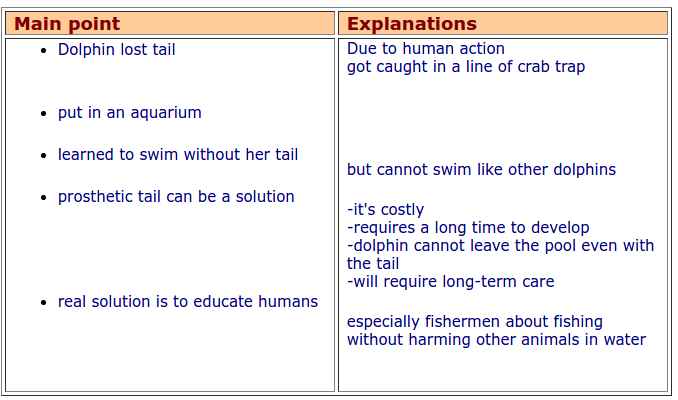3-2-1 Strategy
How does it work? You need to fill out the so-called 3-2-1 chart, filling the information of:
3 – Most important facts you found out
2 – Interesting things you found
1 – Question you still have
This tactic is very flexible and versatile, for instance, if you’ve just started studying the subject you can modify it according to your topic, you can work in a pair or as an independent student. The key points are then written down into a paragraph. You can use our article writer to get some idea of how it should look like.
Jigsaw
This one of the techniques in summarizing demands cooperative work. You and your classmate or friend need to divide the text into the manageable chunk and then get the responsible ones for every piece of content. Just like in jigsaw puzzle each one will complete the missing gap. When performed by one student you need to article into several paragraphs and assign a 1 original meaning to be derived from it, this way unessential information is sorted out.
Somebody-Wanted-But-So
The Somebody-Wanted-But-So tactic (MacOn, Bewell & Vogt, 1991) is used during or after reading. Commonly used in social studies and in history based subjects. Students use a chart or a folded piece of paper. The task is to identify who wanted something, what they wanted, what conflict arose, and the resolution.
Ball Type
Generating strategies for summarizing in the game form that usually takes place in the classroom. After the topic was read by everyone the teacher tosses a ball to the student who is 5 seconds states the fact, concept or most significant feature remembered, then tosses further. A student sits down in case left nothing to add.
The Gist
Known as “the main or essential part of a matter” the GIST way (Cunningham, 1982) is organized so that you have 20 helping base words on which to lean on when developing summary writing techniques. The student must convey the gist in 20 words, this tactic is often used in narrative texts.
Graphic Organizers
The majority of people perceive the information visually, that’s why using graphics and spreadsheets might be more effective for them. The variety of schemes can be found online, developed or modified according to the task.
When Less Means Better: An Example of Greatly Done Task
Let’s assume the student was assigned to outline strategy about the dolphin that lost its tail. The student reconstructed the sentences from the main notes taken.

4 Signs Your Summary Strategy Is a Good One
So you finished writing your math summarizing strategies? But you know it’s actually not the end of the story, for the good quality writing it needs to meet particular standards. After you made the first draft it’s time to recheck your work, making sure your prospectus is:
- Comprehensive. It must include all the helpful facts, findings, author’s most valuable ideas.
- Accurate. Make sure you didn’t twist the main meaning while making an outline, there’s no room for a misinterpretation.
- Neutral. The most common mistake is to include your own point of view, try to restrain from personal comments and evaluations when you just need to sum up the source.
- Independent. When your text can be understood without actually reading the initial source then it is a success.





